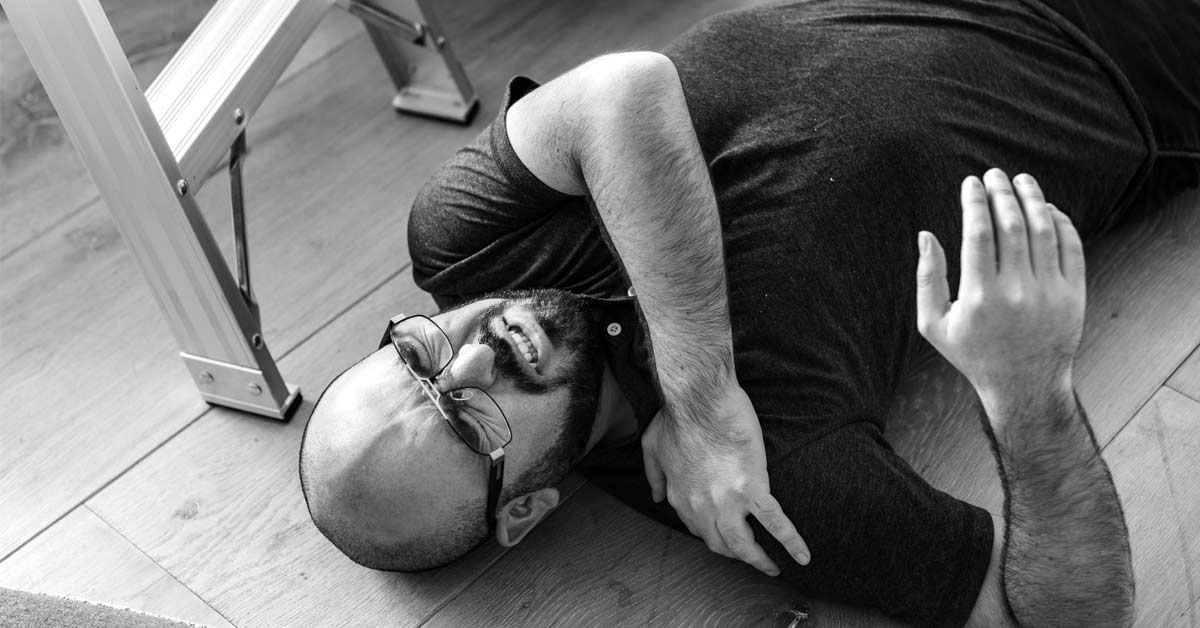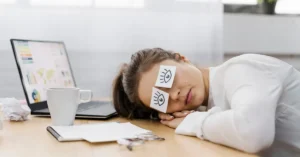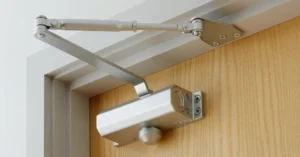We’ve all had that moment when our foot slides out from under us on a wet floor. Whether it’s in a grocery store, a restaurant, or even your own home, a slick surface can be a real hazard. But when accidents happen, who’s actually responsible? Let’s explore the factors that play into determining blame for these slippery mishaps.
Understanding Slip and Fall Incidents
Slip and fall accidents are more common than you might think. They occur when a person loses their balance due to a slick surface, leading to a fall that could result in anything from a minor bruise to serious injury.
Here’s a breakdown of what might lead to such accidents:
- Wet Floors: Spills, cleaning operations, or leaks can make floors dangerously slippery.
- Uneven Surfaces: Cracks or uneven tiles can catch someone off guard.
- Debris: Objects like toys, packaging, or even stray wires can cause trips and falls.
The Role of Property Owners
In many cases, the property owner or manager has a legal responsibility to maintain a safe environment. This includes addressing slip hazards promptly. If you fall on a slick floor, here’s how the property owner’s responsibility is assessed:
- Regular Maintenance: Property owners are expected to regularly inspect and maintain their premises. If they fail to clean up spills or fix dangerous conditions, they may be held liable.
- Warning Signs: If a floor is wet due to cleaning, placing a “wet floor” sign is a standard practice. This helps warn people of the potential danger.
- Prompt Action: Owners should act quickly to address and rectify hazards. For example, if there’s a leak, they should fix it and dry the area as soon as possible.
If the property owner neglects these responsibilities, they could be found liable for any injuries that result from their oversight. If you’ve been injured in one of these incidents and you feel it wasn’t your fault, it’s really important to understand your legal rights after a fall. The last thing you want to do is miss out on the compensation you deserve!
The Role of the Injured Party
While property owners have a responsibility, the person who falls also has a role in ensuring their own safety. This doesn’t mean that the injured party is at fault, but there are a few things to consider:
- Attention and Awareness: People should stay alert to their surroundings. If you’re aware of a wet floor or an uneven surface, you should proceed cautiously.
- Footwear: Wearing appropriate footwear can reduce the risk of slipping. Shoes with good traction are always a smart choice.
- Reporting Hazards: If you notice a potential hazard, reporting it can sometimes be helpful in preventing future accidents.
Insurance and Liability
After a slip and fall incident, insurance often becomes a key player. Here’s a quick look at how insurance might come into play:
- Homeowners’ Insurance: If you fall at someone’s house, their homeowners’ insurance might cover your injuries, depending on the situation.
- Business Insurance: For accidents in public or commercial spaces, the business’s liability insurance often comes into play. They might cover medical expenses and damages.
Both types of insurance aim to address the financial impact of slip and fall accidents. However, the specifics can vary depending on the case.
Legal Considerations
If an accident leads to a serious injury or significant damage, legal action might be necessary. Here’s what to keep in mind:
- Proof of Negligence: To establish liability, you need to prove that the property owner was negligent. This means showing that they failed to address a known hazard or didn’t follow proper safety procedures.
- Documentation: Keep detailed records of the incident. This includes photos of the scene, medical reports, and any communication with property owners or managers.
- Legal Counsel: Consulting with an attorney can help navigate the complexities of proving negligence and seeking compensation.
Preventing Slip and Fall Accidents
Prevention is always better than cure. Both property owners and individuals can take steps to minimize the risk of accidents. For property owners:
- Regular Inspections: Regularly check for potential hazards and address them promptly.
- Clear Signage: Use clear and visible signs to warn of wet or dangerous areas.
- Effective Cleaning Practices: Use non-slip mats and proper cleaning techniques to minimize slipperiness.
For individuals, the best practices include:
- Watch Where You Walk: Be mindful of your surroundings, especially in areas that are likely to be wet or slippery.
- Wear Proper Shoes: Opt for shoes with good grip, especially in environments where floors may be slick.
Final Thoughts: Safety First!
Accidents on slick or wet floors can be serious, but understanding the responsibilities of property owners and individuals helps clarify who’s to blame when a fall occurs. Whether you’re managing a property or just walking through one, keeping an eye out for hazards and taking proactive measures can go a long way in preventing accidents.
Ultimately, safety is a shared responsibility. By being aware and taking appropriate actions, both property owners and individuals can help reduce the risk of slip and fall incidents and create a safer environment for everyone.
ⓘ As part of our ongoing support for startups and SMEs, LAFFAZ Media publishes feature and resource articles that may include references and links to external websites. These inclusions are selected at our editorial discretion to provide valuable information to our readers. LAFFAZ Media does not control, endorse, or assume responsibility for the content or practices of external websites. For more details, please refer to our Terms and Conditions.





